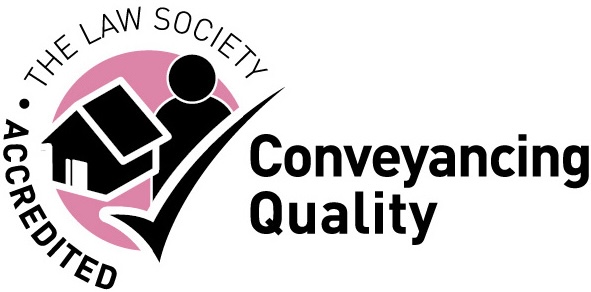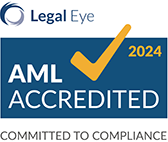If you own a leasehold flat, you and your fellow leaseholders are likely to have the right to take over the management of the block from the landlord (the right to manage). We look at when this right arises and the potential advantages of exercising it.
The Commonhold and Leasehold Reform Act 2002 gives qualifying leaseholders the chance to take over the flat management tasks. This includes jobs such as setting the amount of service charge, collecting the service charges from all of the flat owners, arranging for repairs and maintenance and dealing with the general running of the block.
Who is eligible for the right to manage?
You will need to satisfy the following criteria to qualify for the right to manage:
- The building is made up of flats, ie. it is not a leasehold house
- A minimum of two-thirds of the flats have long leases, ie. leases that were originally granted for more than 21 years
- At least 75% of the building is residential
- If there are four or fewer flats, the landlord cannot live at the property
- At least half of the flat owners must be members of a right to manage company set up for the purposes of taking over the management
How do I exercise the right to manage?
The first step is to approach other flat owners and check that enough of them are prepared to join in. It can be helpful to put a participation agreement in place. This is an agreement signed by the flat owners who want to take on the management, agreeing to go through the right to manage process and to share in the associated costs.
All leaseholders must be served with a notice inviting them to participate. You can set up a management company if you wish. This is usually the option chosen for larger blocks of flats. For smaller blocks, it is not essential.
A notice then needs to be served on the landlord advising them that you wish to exercise your right to manage. There needs to be at least two weeks between service of notice on the leaseholders and service of notice on the landlord, to allow the leaseholders the chance to join in. The landlord’s notice needs to include the correct information, and you may want to have this professionally drafted.
In some limited circumstances, the landlord may be able to serve a counter notice challenging your request to manage the freehold.
If they do not, then the management company or participating leaseholders will be given the right to manage four months from the date of the notice.
The landlord should provide the company with details of the existing contracts that they have entered into in respect of the property, but it is open to the management company to choose their own.
They will take on all management responsibilities, but must still comply with the requirements in the lease, such as seeking the landlord’s permission for various activities. The landlord also has the right to become a company member.
What are the advantages of the right to manage?
The main advantages of taking over the right to manage include:
- You can shop around for the best quotes for buildings insurance, repairs and maintenance
- You can decide how much service charges will be and how much to put aside into a sinking fund each month
- You can decide what work to have carried out and when
- You will be responsible for arranging works, meaning you will not have to wait for the landlord to arrange matters
- It can improve the management of your block and may be more attractive to buyers
- Unlike other options, such as the purchase of the freehold, right to manage does not involve a substantial purchase price
You need to be aware that there may be some drawbacks to the right to manage. It can be a lot of work and there is scope for disagreements. You will need to chase late payments of service charges and you will be responsible for dealing with complaints about leaseholders from other leaseholders.
Contact us
If you would like to speak to one of our expert property lawyers, ring us on 0333 3055 189 or email us at info@lpropertylawyers.co.uk


